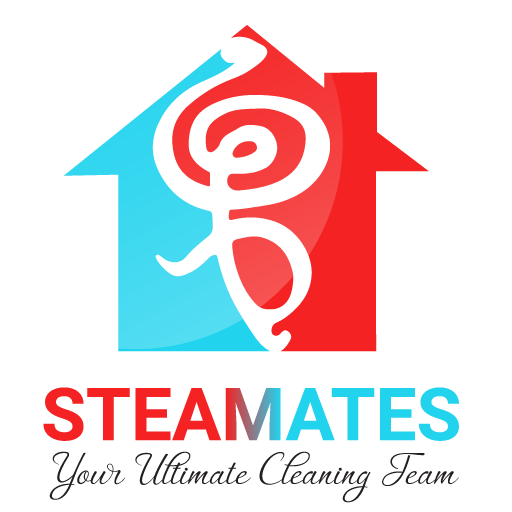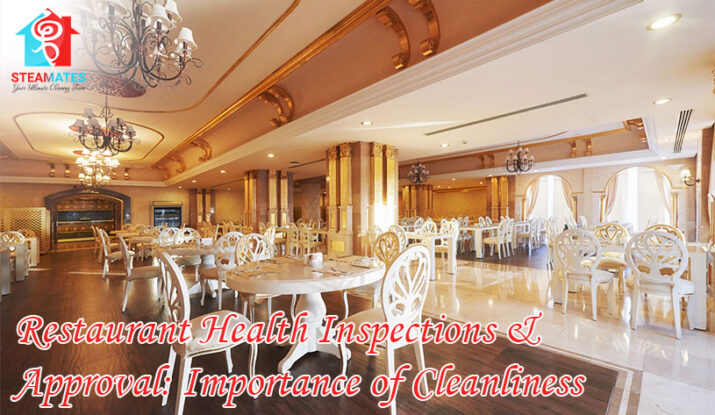Food Safety Inspections are one of many procedures put in place by the government to ensure that food is clean and safe for consumers. Restaurant and foodservice inspection across Canada is generally carried out by these organizations:
- Provincial Governments
- Municipalities
- Regional Health Authorities
Inspections are used to ensure that food products are not contaminated in any way. Food products such as raw meat can be dangerous if not prepared properly. Additionally, without the correct cleaning and sanitizing procedures in place, harmful pathogens can spread quickly. Regular Food Safety Inspections are an effective way for the council to protect consumers from poor food handling practices and the potential spread of food-borne illness.
What are Health Inspectors looking for?
Health Inspectors will be checking for a number of criteria, but here are some of the main things they will be looking for:
- Potentially hazardous foods also called high-risk foods, are maintained at the required temperatures (e.g. cooked poultry is stored outside of the Temperature Danger Zone).
- Food is protected from contamination (e.g. food is stored or displayed in containers with tight-fitting lids).
- Food contact surfaces can be easily cleaned and sanitized (e.g. equipment is in good repair, suitable for the intended purpose, and made of a material that can be easily cleaned and sanitized).
- Good personal hygiene is being practiced by all employees (e.g. Food Handlers are wearing clean and appropriate work clothing and wash their hands whenever they are likely to have become contaminated).
- Efficient cleaning and sanitizing are being practiced (e.g. kitchen equipment, utensils, and dishware are cleaned and sanitized after each use).
- Presence of a Certified Food Manager.
Common traps to avoid
Below I have stated some of the common pitfalls and solutions that you must implement before the inspections:
- Clean and sanitize the food premises and equipment properly. This includes cleaning and sanitizing under, behind, and inside equipment and appliances, as well as cleaning grease traps, floors, and storage areas.
- Have handwashing facilities that are readily accessible, dedicated to hand washing with a supply of warm, running potable water, liquid soap, and single-use paper towels.
- Control pest issues such as cockroaches and mice so there is no evidence of infestation; cover waste containers, and protect areas from pests with fly screens, etc.
- Have a food temperature measuring device to keep high-risk food at the correct temperatures during both display and storage.
- Cover food during storage and protect it from contamination.


